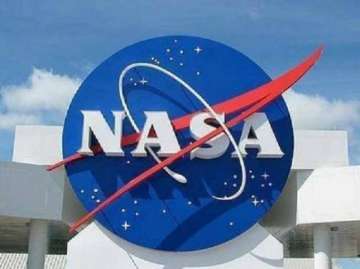The US space agency has awarded a total of $254 million to three companies to land their machines on the lunar surface, paving the way for NASA astronauts to land on the Moon by 2024.
The three companies are: Astrobotic of Pittsburgh, Pennsylvania; Intuitive Machines of Houston, Texas; and Orbit Beyond of Edison, New Jersey, the agency said in a statement late Friday.
Astrobotic and Intuitive Machines plan to land their machines by July 2021 and Orbit Beyond aims for September 2020.
Each commercial lander will carry NASA-provided payloads that will conduct science investigations and demonstrate advanced technologies on the lunar surface.
"Our selection of these US commercial landing service providers represents America's return to the Moon's surface for the first time in decades, and it's a huge step forward for our Artemis lunar exploration plans," said NASA Administrator Jim Bridenstine.
"Next year, our initial science and technology research will be on the lunar surface, which will help support sending the first woman and the next man to the Moon in five years," he added.
By the end of the summer, NASA will determine which payloads will fly on each flight.
The potential payloads include instruments that will conduct new lunar science, pinpoint lander position, measure the lunar radiation environment, assess how lander and astronaut activity affects the Moon, and assist with navigation precision, among other capabilities.
"These landers are just the beginning of exciting commercial partnerships that will bring us closer to solving the many scientific mysteries of our Moon, our solar system, and beyond," said Thomas Zurbuchen, associate administrator of NASA's Science Mission Directorate in Washington, DC.
Charged with returning astronauts to the Moon within five years, NASA's Artemis lunar exploration plans are based on a two-phase approach.
The first is focused on speed -- landing astronauts on the Moon by 2024 -- while the second will establish a sustained human presence on and around the Moon by 2028.
Also Read: NASA's major projects busting budgets, schedules
